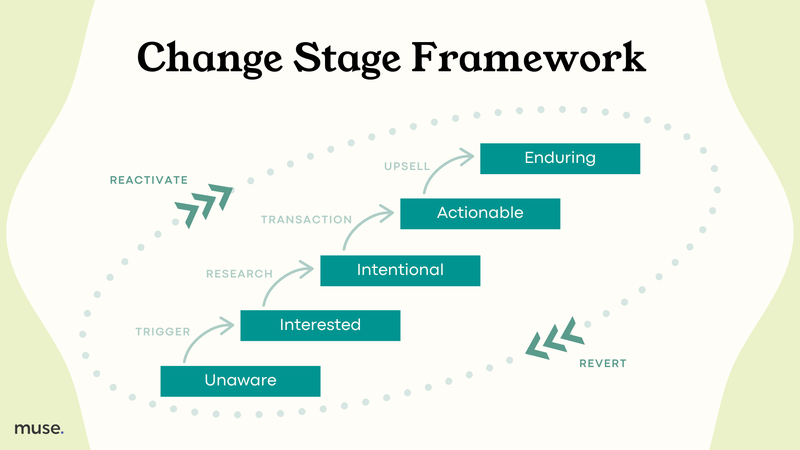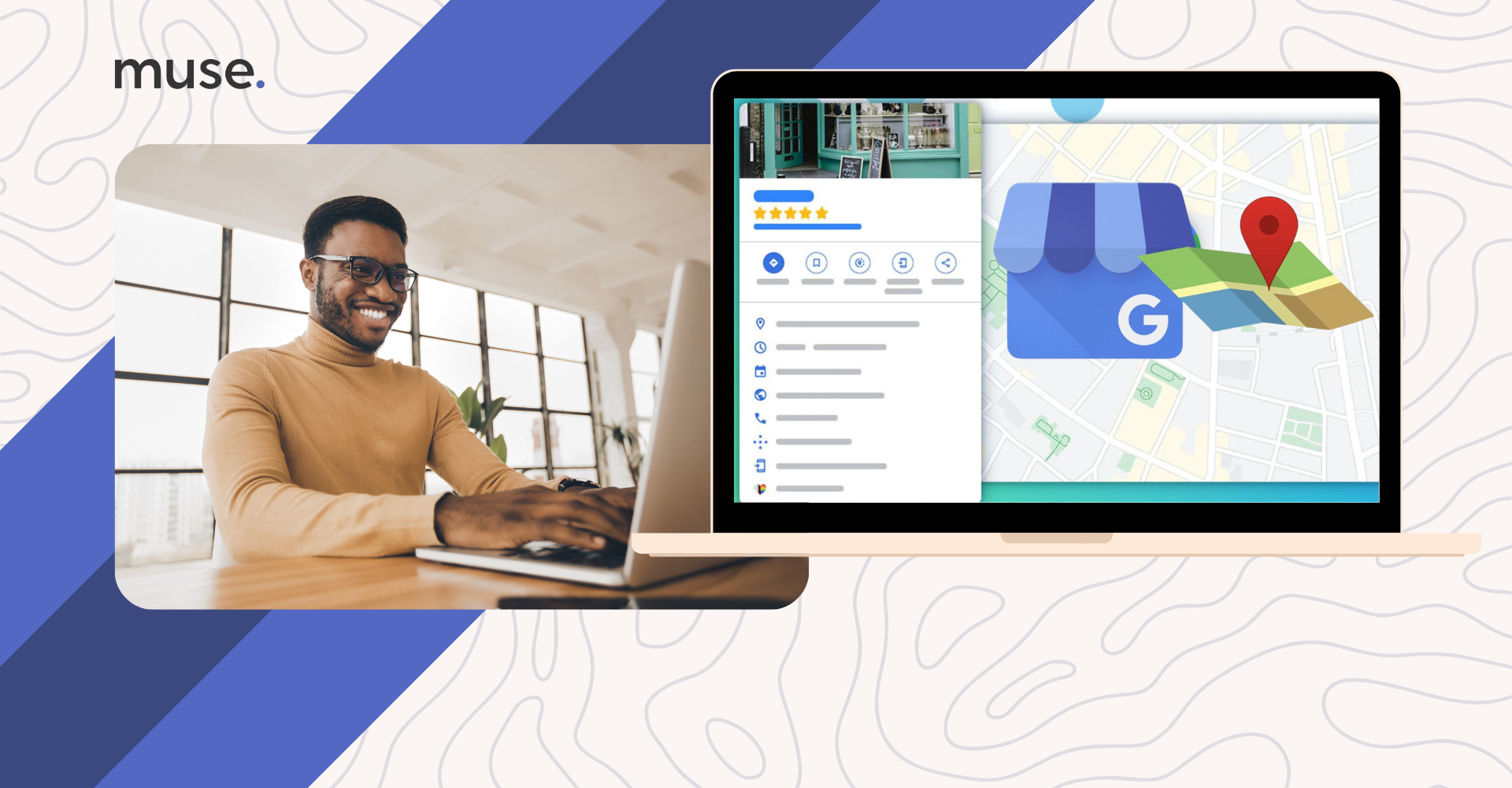How to Reactivate Wellness Customers on Health Commitments
Unlock the most straightforward path to growth by reconnecting with former customers and patients.
Almost everyone in today’s culture has started and stopped a new wellness habit during their adult lifetime. People set goals for themselves with good intentions, but they often lose motivation over time. Does this sound like some of your customers or patients?
A typical individual will try two fad diets per year (1). The average diet lasts just 6 months (2) and the same is true for average gym membership lifetime (3). Why do people quit when they’ve invested time and effort to enact change in their lives? There are many reasons people drop out and move on – too many to address in one article. We’ll outline the most common reasons below.
If more brands accepted the principle that change is cyclical, not linear, they would view stops and starts as a series of opportunities to earn trust and reactivate the relationship.
When you reengage with past customers, it renews their focus and grows the relationship. As the relationship grows, so too does your business, as customers become more likely to refer your products and services. Read on to discover proven techniques to reconnect.
Reengage patients at opportune moments.
Our Change Stage Framework™ is a five-step model of communication that outlines key points throughout the customer journey where you can insert curiosity and content to maintain strong relationships and inspire customers to come back.
Dive deeper into how you can leverage the Change Stage Framework™ by watching our latest webinar in conjunction with Integrative Practitioner.

Most wellness brands focus communication between the Intentional and Actionable stages; this is where money is exchanged as someone becomes a customer or patient. While it’s always exciting to acquire new customers, your communication shouldn’t stop there. This is the beginning of an impactful, transformative relationship!
If brands do not communicate with customers while they are actively engaged with the product or program, drop-off is the likely result. This is especially true when the investment of time and money requires a substantial lifestyle change. Read on to learn proven techniques that help you keep your customers so you can make a deeper impact and they can enjoy better results.
Measure Quick Wins: Provide Metrics from the Start
In a society full of instant gratification, customers and patients likely expect quick results and immediate symptom relief. They may not yet understand that their wellness journey is a marathon, not a sprint. However, if they don’t perceive progress within the first few weeks of starting your program, it’s likely they won’t settle into the Enduring stage and become loyal advocates.
The fitness franchise, Orange Theory Fitness, is a great example of data measurement at the Activation stage. From the first visit, the brand entices people with the promise of real-time metrics as customers wear a wrist monitor that connects to a screen during the workout. Over time, these markers improve while endurance builds. It’s exciting for customers to see how the data tells the story of improved performance.
During the Activation stage, patients should be armed with plenty of information about their progress to prevent drop-off. This helps remind them why they’ve invested their money and time and how it pays off.
Here are our top tips for better communication to increase retention and maintain Enduring relationships:
- Progress updates: Keep tabs on progress with clear, concise metrics. Consider sending a congratulatory email when they reach a milestone or benchmark date in the program.
- Constant access: Open your door wider than your competitors by allowing ongoing access to you and your staff. This could be via email, a messaging app or a virtual community.
- Reward progress: When milestones or big achievements are unlocked, recognize progress with a reward. Perhaps it’s a discount on a future service, package or product. It could also be a VIP experience like a one-on-one personal session.
- Personalized messaging: Customized prerecorded videos are thoughtful additions to your email communication. You could share progress updates, celebrate an achievement or commend them for their dedication. Use a service like Loom.com to record while you screen share important points.
These tactics help people feel supported and as you cultivate strong relationships with them. If they’re left to the voices in their head, it’s less likely they’ll achieve the results they want. Be there as their champion to help them overcome the inner voice that defaults to the status quo!
Incentivize them to Return: Reactivate patients who drop off
When people quit something, it’s natural to feel shame. Negative self-talk is common as they naturally compare themselves to others who have achieved long-term results. Don’t turn your back if you lose a customer or patient. Remember, change is cyclical, not linear! Compassion and consistent communication will help your brand stay top of mind when they’re ready to start their journey again.
We recommend these actions to gain more information and encourage patients to come back to you:
- Exit survey: Once you notice that a patient or customer is no longer doing business with you, send them a survey to better understand their reasons for moving on. Include multiple choice questions with the most common reasons for drop off, such as cost, inconvenience, fear of change or lack of results.
- Custom offer: Once you know why a patient left, send them a custom offer that speaks directly to their reason for leaving. This could be an additional consultation to better manage expectations, free post-treatment support (like acupuncture or a massage) or an added service at no cost.
- Ongoing communication: When a customer or patient feels ready to come back to you, be in their inbox, messages or social feed. Visibility is key to show them you’re there for support.
Customer and patient reactivation doesn’t always happen right away, but if you earn their trust and show that you can customize offers to their needs and goals, they’re more likely to come back when they’re ready.
You probably know someone who’s used Weight Watchers to drop a few pounds. It’s common for members to start the program, quit, restart again and continue this cycle for years. The company’s communication style, frequency and offers create a strong hook that brings old members back into the fold yet again, even then they dropped off. While their methodology doesn’t work for everyone, they provide a strong case study for communication done right.
Drop-off doesn’t have to be permanent
Wellness progress isn’t a one-way street. Customers and patients who end their wellness journey often cycle around to the Interested stage and begin again when they’re truly ready to change. Be there for them with communication that supports their goals and speaks to their unique issues!
When you learn your patients’ weak points, you’re better equipped to help them back up when they slip. For insights like these and more, download our free Functional Medicine Patient Perception Report.
ABOUT THE AUTHOR
Megan Factor is a Content Manager at Muse and a passionate creator, both professionally and personally. She developed her content marketing skills working in a wide range of industries and pulls inspiration from her diverse experiences. Her keen eye for design, penchant for writing, and love of good storytelling work together to create meaningful content that provides value to clients.
Sources
- https://www.independent.co.uk/life-style/diet-weight-loss-food-unhealthy-eating-habits-a9274676.html
- https://www.webmd.com/diet/obesity/features/how-to-stay-on-a-diet
- https://www.glofox.com/blog/10-gym-membership-statistics-you-need-to-know/#:~:text=Half%20of%20New%20Members%20Quit,than%2030%25%20of%20their%20members.)
More Good Reads

Use a Google Business Profile to Create More Visibility for Your Wellness Brand
Discover how a Google Business Profile can expand your digital presence and give your wellness brand a competitive advantage.

How to Select Wellness Brand Imagery that Motivates and Inspires Your Audiences
Support wellness branding with intentional images. Consider these tips to select the right wellness imagery for your brand.

